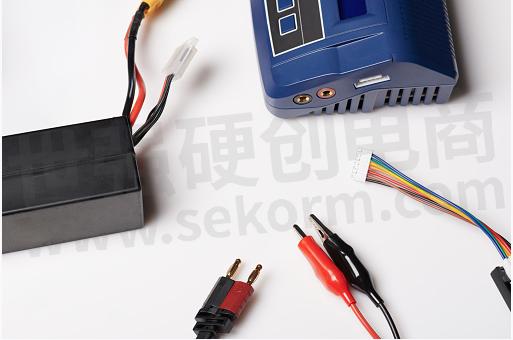How to Solve the Imbalance between Li-ion Battery Pack Cells and the usual maintenance of Lithium-ion batteries

One Lithium Ion battery pack is composed of several cells connected in series and parallel; and in the process of our usage, we will encounter the situation of a power imbalance between the cells, which will accelerate the consumption of the entire battery pack’s service life if not dealt with in time. Read on to get more about balancing the lithium-ion battery pack. (Mainly about the ones of 3.7v nominal cell voltage and 4.2v full cell voltage).
Why the unbalance between cells inside the battery pack?
Due to the limitations of the process conditions, lithium-ion battery pack between the cells even after selection, there is always a certain difference, after several charges and discharge cycles or long-term shelving, the internal expansion and contraction of the cells, the self-consumption of electricity will also change, between the cells will produce a large voltage difference and capacity difference, the existing protection circuit, equalization circuit and charging method, can not make the battery pack between the cells simultaneously filled, the battery pack lost balance, the battery pack capacity can not be fully developed.
Steps to Solve the Power Unbalance between the Li-ion pack cells
1, First of all, charge the entire battery pack and then float charge for 2 to 3 hours after the light is turned. If the battery pack is placed at a long-term power loss and has been unable to charge, you can directly charge across the protection plate for 10 minutes (using the discharge port charging), and then charge normally.

Wires and charger for Lipo Battery
2, Unplug the protection board wires. Note that please make a good mark on the wires before unplugging. The 2 wires of the board, can not be inserted backward. Measure the voltage of the adjacent pins on the row of wires, if it is 48V, there are 16 voltages, and 60V is 20 voltages. The first string of voltages starting from the negative terminal is the voltage between the negative terminal of the battery pack and the first row of wires, and so on for the others. Find a single string with a voltage lower than 3.50V, determine the positive and negative poles, and mark it well.
3, Use a 3.6v charger, the voltage below 3.50v single string charging to 3.60 to 3.70V. But someone should be on duty to prevent overcharging resulting in battery scrap.
Note that the charger of the lithium iron phosphate (LiFePO4) battery pack is different from ordinary Lithium-ion Batteries. The maximum termination charging voltage of lithium batteries is 4.2V; while the cell of the LiFePO4 battery pack is 3.65v.
4, According to the original order to plug back into the row of wires, pay attention not to reverse the connection, install the battery, and it can be put into use again.
The Usual Maintenance Of Lithium-ion Batteries
Finally, and then Grepow(格瑞普) shares with you some of the usual maintenance of lithium-ion batteries. Because of no memory effect characteristics, each time or every day after use, the lithium-ion battery pack should be timely and regular charging; if the Lipo electric bicycle is placed for more than two months, the battery pack should be thoroughly charged once; if placed for over 5 months, carry out a charge-and-discharge cycle; Lithium-ion bicycle in the case of non-use, we should promptly turn off the power. At the same time, the battery pack when not in use should be pulled out of the battery holder and put in another place (the better temperature is below 25℃/77℉). This is because the motor and controller will still consume power under no load.
In fact, with the implementation of the new national standard, lithium-ion batteries are bound to enter a period of blowout, and many lithium-ion products are bound to emerge. But I hope more lithium-ion companies can focus on the product itself, to improve the added value of the product, then the lithium-ion battery will be more popular with users.
- +1 Like
- Add to Favorites
Recommend
- Uninterrupted Safety: Understanding Lithium-ion Batteries in UPS Technology
- Nippon Chemi-Con and Asahi Carbon Collaborated on Developing Novel Conductive Carbon “NH Carbon™” for Lithium-Ion Batteries
- Can Lithium Batteries and Lead Acid Batteries be Used Together?
- WACKER Presents Silicone Materials for Enhancing the Safety of Lithium-Ion Batteries
- Things You Need to Know About CCC Certification for Lithium Batteries
- Wevo Silicones Mitigate Thermal Runaway Propagation and Offer More Safety for Lithium-ion Batteries
- Sodium Ion VS Lithium Ion Battery – are Sodium Batteries Better?
- Success Story : Provided Automated Electrical Testing Solution for the Incoming Quality Control of Lithium-ion Batteries for Space Application
This document is provided by Sekorm Platform for VIP exclusive service. The copyright is owned by Sekorm. Without authorization, any medias, websites or individual are not allowed to reprint. When authorizing the reprint, the link of www.sekorm.com must be indicated.






























































































































































































































































































































































































































































































































































































































































































































































































































































































